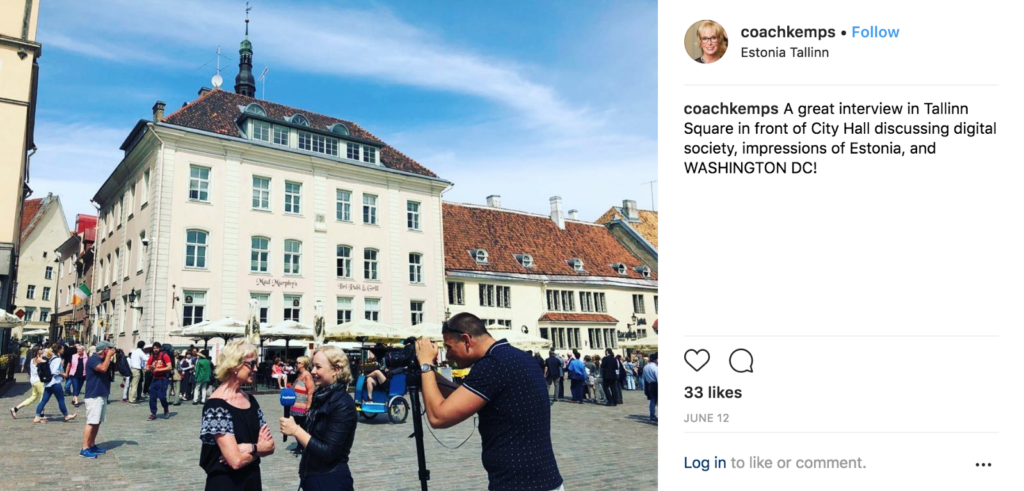 Digital Divide: Tech-in-Gov in Estonia vs. the U.S.
Digital Divide: Tech-in-Gov in Estonia vs. the U.S.
Traveling in Scandinavia recently I knew I had to make a stop in the digital government capital of the world, Tallinn, Estonia. And it was one of the smartest things I have done — enter Governance Academy, headquartered in Tallinn.
Before I extol the wonders of e everything for society, let me say, go to Tallinn! The Old Quarter is a medieval village that is operational. Like a Disney Land, only real life! Tallinn is both the capital and largest city in the country. With settlements dating back 5,000 years the small city has seen its share of history, including Nazi occupation in the early 1940s — a fascinating backdrop for what is now one of the most tech-immersed municipalities in the world.

Perhaps most notably my visit left me stunned by the contrast of what digital government means in Estonia vs. what it means in the U.S. — despite the U.S.’s private sector tech achievements celebrated in Silicon Valley. While the US is still using fax machines, tons of paper, voting at a polling place, wasting time trying to find a notary public, impossibly trying to maintain consistent Electronic Health Records, and paranoid about not controlling our own data — Tallinn is a haven of digital sustainability. Like the Old Quarter of Tallinn, the digital government was magical to me — so easy, agile, transparent with complete trust and support of the citizens.
Of course, Estonia has 0.4% of the population the United States does, and a far more socio-economically homogeneous population, allowing for certain policy change to progress more efficiently. But even grading on a generous curve, it is night and day to compare U.S. Tech-in-Gov evolution over time versus Estonia’s. Experts working to digitize American government cite excessive, debilitating, fragmentation, lack of resources, and hard-to-convince congress members whose tech illiteracy was on display recently during the Facebook hearings about election interference. In sum, Cloud infrastructure has saved nearly $100,000,000 in future costs for the VA and certain other targeted Tech-in-Gov initiatives have paid off, but my time in Tallinn was unlike any government interaction had in the U.S.
As a digital citizen of Estonia, I logged in to check on my status and a few personal matters. The process takes me through triple authentication, and then, with no human interaction, I am able to see to a host of responsibilities including my health records, personal records, outstanding tickets, the lot. In an eye-opening moment, my tour brought local Estonian millennials, only used to digital voting, to a historic physical polling site to vote in person. The kids could barely comprehend the lack of sophistication — it was like trying to explain a world without email and cell phones to my daughters.
It was clear that the community trusted their government to store and manage deeply personal aspects of their lives through digital points of interaction. It’s a group effort — I’m told there are only a handful of technologists in the country who are capable of doing the work required to keep digital government progressing at pace. The lure of top tech firms and other international opportunities is a great draw. However, the government has invested in its technologists, its technology, and, perhaps most importantly, in the citizens — teaching them tech literacy that allows them to embrace and navigate civic changes. There are training courses in tech and opportunities for anyone, especially elderly populations, to take courses on digital literacy. If people are unable to get out, tech coaches come to them. No one is left behind.
I am hopeful that if the U.S. continues to invest in big ideas and programs President Obama initiated and President Trump continues to scale, like the White House Presidential Innovation Fellows, our government will one day reach the level of modernization that I witnessed on what was the trip of a lifetime!
Read online | Kathy Kemper | Posted July 23
